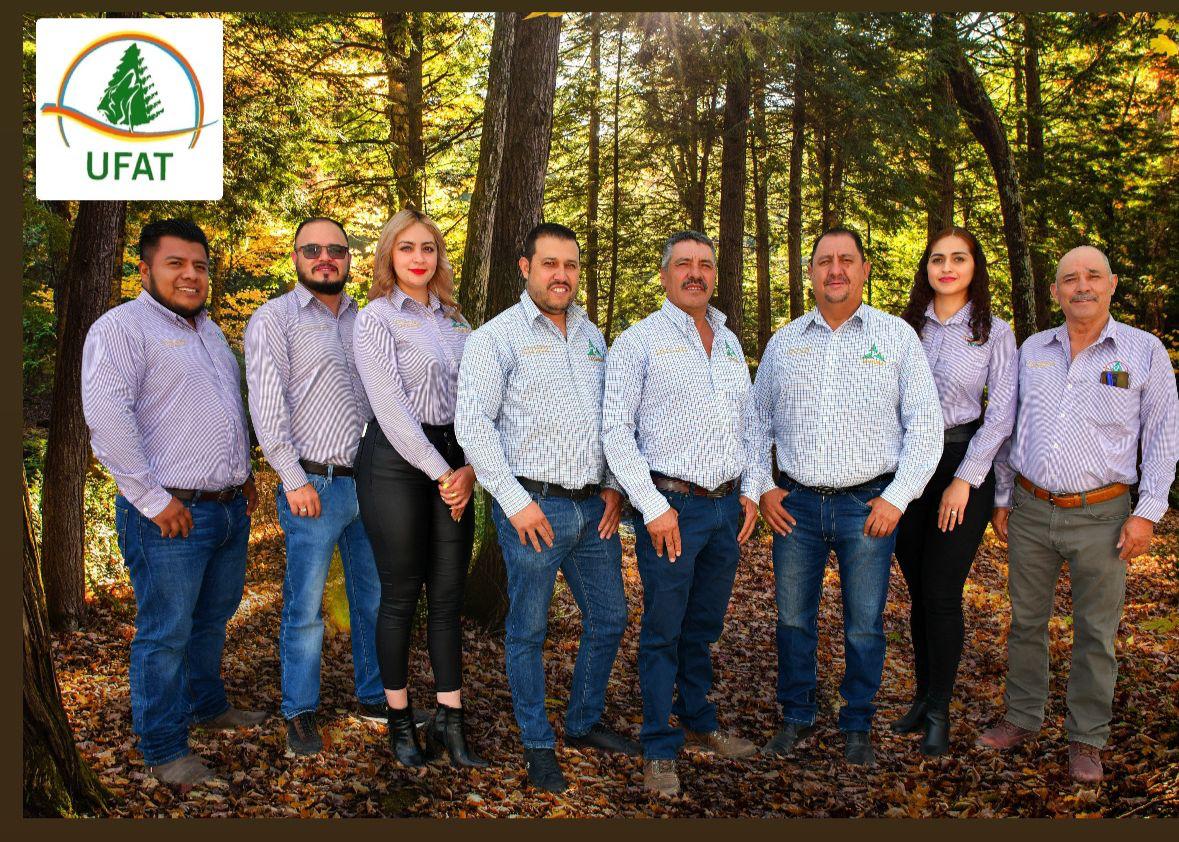Lagunita y Coroneles – AOCP
BA-007-MEX-30042024 PREDIO LAGUNITA Y CORONELES, DURANGO, MÉXICO
The major activities to be carried out in this project include the establishment of cordons to effectively use timber waste produced during extraction operations for soil erosion prevention. Additionally, the construction of filter dams perpendicular to torrent directions will be undertaken to mitigate erosive processes, sedimentation damage, and flooding in lower basin areas. These dams, which may be temporary or permanent, will be constructed using a variety of materials such as arranged stone dams and concrete, involving processes such as gully cleaning, stone placement, and spillway creation. Gully pitching activities will entail earth cuts, land leveling, slope reduction, and the installation of stone causeways to prevent gully progression and soil erosion. Furthermore, the project will include the fencing of reforested areas, alongside soil restoration efforts involving reforestation activities targeting areas with degraded vegetation. This reforestation initiative will focus on planting pine species such as Pinus cooperi, Pinus durangensis, and Pinus engelmannii to promote ecological rehabilitation.
Project status
In pre-registration process
This project is aligned with aOCP principles
Public consultation is coming soon
This project applies for the following credits
Biodiversity
not defined yet
water
not defined yet
soil
not defined yet
Credits are issued and streamed through time. Please refer to the baseline documentation to know more about credits issuance.
Automated Project Monitoring
Near-realtime monitoring of satellite imagery through AI and ML models to streamline the measurement and assessment of the project
This page may take some time to load (about 10s/15s), please wait for better experience
General information
AREA
Project
above-ground biomass
Project surroundings
above-ground biomass
Project
Mean canopy height
Project
Canopy height (by year)
Vegetation Health Indicators
Vegetation health indices are measures used to assess the health and vigor of vegetation cover. These indices are derived from remotely sensed data and are based on the light reflectance of vegetation at different wavelengths.
Normalized Difference Vegetation Index (NDVI): This is one of the most commonly used vegetation health indicators and is calculated as the difference between red light reflectance and near-infrared light reflectance, divided by their sum. NDVI values range from -1 to 1, with higher values indicating denser and healthier vegetation.
Enhanced Vegetation Index (EVI): EVI is based on the NDVI calculation, but it also includes a soil adjustment factor and a canopy background adjustment factor. These factors help to reduce the effects of atmospheric scattering and soil brightness on EVI values.
Soil texture, erosion and moisture
Soil texture, erosion rates, and moisture content are essential indicators for ARR (Afforestation, Reforestation, Restoration) projects. Soil texture, determined by the proportions of sand, silt, and clay, affects water retention and root penetration, making it vital for tree establishment. Erosion rates provide insights into the soil’s vulnerability to degradation, influencing site stability, while moisture content is crucial for determining the soil’s capability to support tree growth and sustain vegetation.
Forest GHG removals
Forest carbon removals from the atmosphere, which we refer to as sequestration, represent the total carbon captured in megagrams of CO2 per hectare through the growth of both established and newly regenerating forests throughout the modeling period spanning from 2001 to 2021. These removals encompass the accumulation of carbon in both aboveground and belowground live tree biomass. In accordance with IPCC Tier 1 assumptions for forests that remain as forests, no removals are assumed for dead wood, litter, and soil carbon pools. The calculation of carbon removals for each geographical pixel adheres to the IPCC Guidelines for national greenhouse gas inventories. This calculation applies to areas where forests were present in the year 2000 or were established between 2000 and 2012, as indicated by the tree cover loss data provided by Hansen et al. in 2013.
The amount of carbon removed by each pixel is determined based on various factors, including the type of forest (e.g., mangrove, plantation), the ecozone (e.g., humid Neotropics), the age of the forest (e.g., primary, old secondary), and the number of years over which carbon removal has occurred. This layer represents the cumulative removals throughout the modeling period, which spans from 2001 to 2021. To obtain the annual average removal rate for the modeling duration, this cumulative value must be divided by 21, as removal rates cannot be allocated to individual years within the model.
Harris, N.L., Gibbs, D.A., Baccini, A. et al. Global maps of twenty-first century forest carbon fluxes. Nat. Clim. Chang. 11, 234–240 (2021).
Yearly Removals
0.91 tCO2/Ha
Biodiversity Indicators
For the aOCP, biodiversity is a fundamental criterion for project selection:
To be eligible for aOCP Biodiversity Conservation Credits, the project area must have a biodiversity intactness value greater than 0.90, which will be determined through the GLOBIO model, expressed by the Mean Species Abundance (MSA) metric. This model quantifies the impacts of infrastructure, climate change, land use (measured through habitat loss and fragmentation), and atmospheric nitrogen deposition on biodiversity intactness.
Restoration Credits may be issued to projects where the MSA is less than 0.90, indicating that biodiversity is at risk and requires urgent action for restoration. In addition, to be eligible for aOCP Biodiversity Restoration Credits, it must be demonstrated that the project activities have directly benefited biodiversity (increase in VRIR from the initial state) and that the project is intrinsically conserving the diversity that was already present.
Non-permanence risk
Non permanence describes the risk that carbon sequestered in trees can be ‘reversed’ or lost over time due to natural or human causes. This risk highlights the challenge of ensuring the long-term effectiveness of carbon mitigation efforts in the face of factors that could undermine their permanence and impact on mitigating climate change.
Project risk factors
Risk score
The Forest Risk is risk score built from various risk factors, describing the overall risk to forest.
Key factors that contribute to this index include: • Historical deforestation patterns • Proximity to cities • Prevalence of fires • Areas that have experienced burning • Proximity to rivers • Accessiblity, elevation and slope • Proximity to farmlands
Project summary
Title of the project activity:
Manejo forestal en el predio Lagunita y Coroneles, Canelas, Durango
Key project:
BA-007-MEX-30042024 PREDIO LAGUNITA Y CORONELES, DURANGO, MÉXICO
Proponent
Benito Acevedo
Project Status
Aligned
Credit Period Term
2024-2064 (40 Years)
Project Validator
Documentation
| Registration documents | Publication Date |
|---|---|
| Alignment report | Pending |
| Sustainable Development Goals Assesment | |
| Local Stakeholders Consultation | |
| Project audit report | |
| Carbon audit report | |
| Baseline field report | |
| Risk Assessment | |
| Nat5 Scoring | |
| Monitoring Plan | |
| Project Presentation |
People on the ground
People behind this project

Benito Acevedo
Team
Support this project
This project is in registration process. Credits have not been issued yet. If you want to buy credits from this project, please wait for the process to be completed.


 by
by